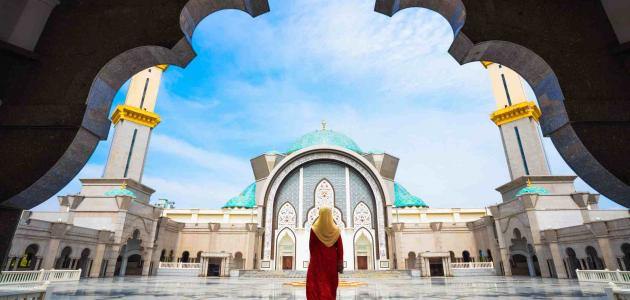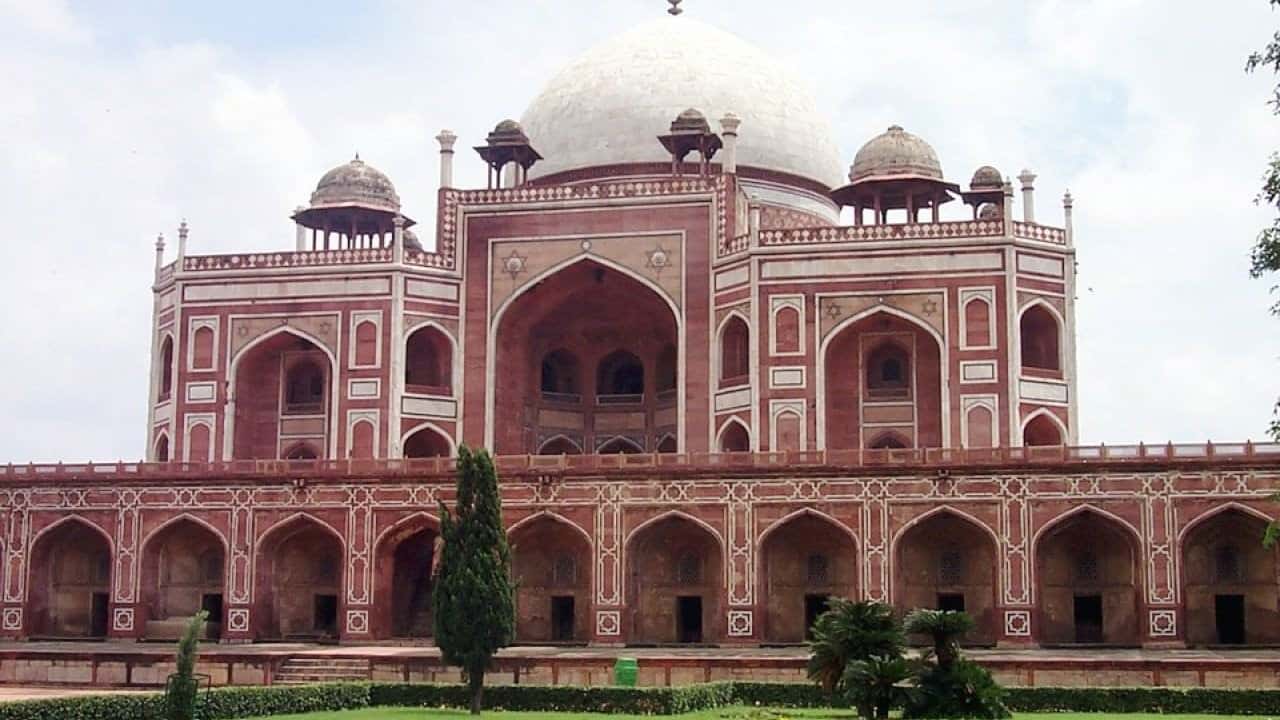The impact of Islamic architecture on the design of structures in the Emirates
The impact of Islamic architecture on the design of structures in the Emirates – Environmental constraints have made sobriety and palaces more recommended virtues in building design in the United Arab Emirates, and the development ideology increases the needs and motivation to meet these needs, and this does not contradict the lifestyle compatible with the environment.

Philosophy of Islamic architecture
The philosophy of Islamic architecture is derived from the general philosophy of Islam, as it is a reflection of that philosophy at the same time, where Islamic philosophy focuses on the internal dynamics of the human entity and its relationship to its external manifestations and the complementarity between this entity and the Creator, and that the fundamental values of life are those related to submission to the Creator and equality between humans.
This philosophy in the field of architecture is reflected in the focus on the simplicity of buildings and their integration with the environment, moreover there is an emphasis on the lack of global external designs and complex details, and that the buildings should enable a Muslim to achieve his ritual and spiritual obligations towards the Creator and his social obligations without compromising the privacy of his life.
The building itself is not the goal but the real goal is to achieve the spirituality and social of the Muslim. Buildings should enable the Muslim to achieve these goals instead to show richness and greatness.
Islamic architecture is best expressed in its focus on the interior of the building, where the focus was on separating guest movements from the family’s private area, where the main objective of this design was to secure the privacy of the family, moreover Islamic architecture demonstrated the use of collective forms in building design.
She has always emphasized the simplicity of building the structure, if all people are equal before the Creator, then it follows logically that there should not be significant differences in their lifestyles and styles of their buildings, and this explains the compatibility between the features of the exterior façades usually produced by Islamic architects.
The changing nature of Arab cities and their contribution to architecture
Architecture is designed to suit the needs of an environment characterized by a desert climate, where the prevailing desert environment in most of the Arab world is approximately 91% of the Arab land area of the desert, the introduction of Western architecture in Arab cities, has proven to be very expensive and unable to take advantage of the resources available in the local region, Western architecture was also developed to reflect a specific system of values, which is completely different from the Islamic value system.
When the Islamic world began witnessing a process of religious revival in 1970, the wisdom of borrowing Western models was questioned and local architects began to return to the concept of Islamic architecture, not only to restore Arab identity.
The foundations of the movement of Islamic architectural revelation in the Emirates

The movement of Islamic architectural revival was based on three main pillars, the first is the system of Islamic values and the philosophy of Islamic architecture as outlined earlier, and the second is to seek to deal with the problems resulting from the cultivation of Western models in the Arab world, especially with regard to the extent of their suitability to feel the local environment concerned, the most important of This is because the movement started from empirical analysis of the changing nature of Arab societies resulting from the recent technological revolution and the accumulation of wealth in Arab oil-exporting countries.
He understands that contemporary Arab society is completely different from medieval society, as contemporary Arab society is more complex and multifaceted, has many increased social needs, it is also characterized by severe social ramifications. The society is divided into a small elite of owners and financiers and a large block of limited income for workers, peasants and employees. The middle class in Arab societies is increasingly shrinking as a result of failed development strategies, which has led to decay and thus middle class income is increasingly joining the lower class.
Architecture is a unit that combines social, economic and architectural components. Islamic architecture addresses the challenges and contributions of globalization and contributes to the restoration of Islamic heritage in the Emirates.
Also read: Colombia Development Projects
Any questions? Follow us on Twitter



 العربية
العربية